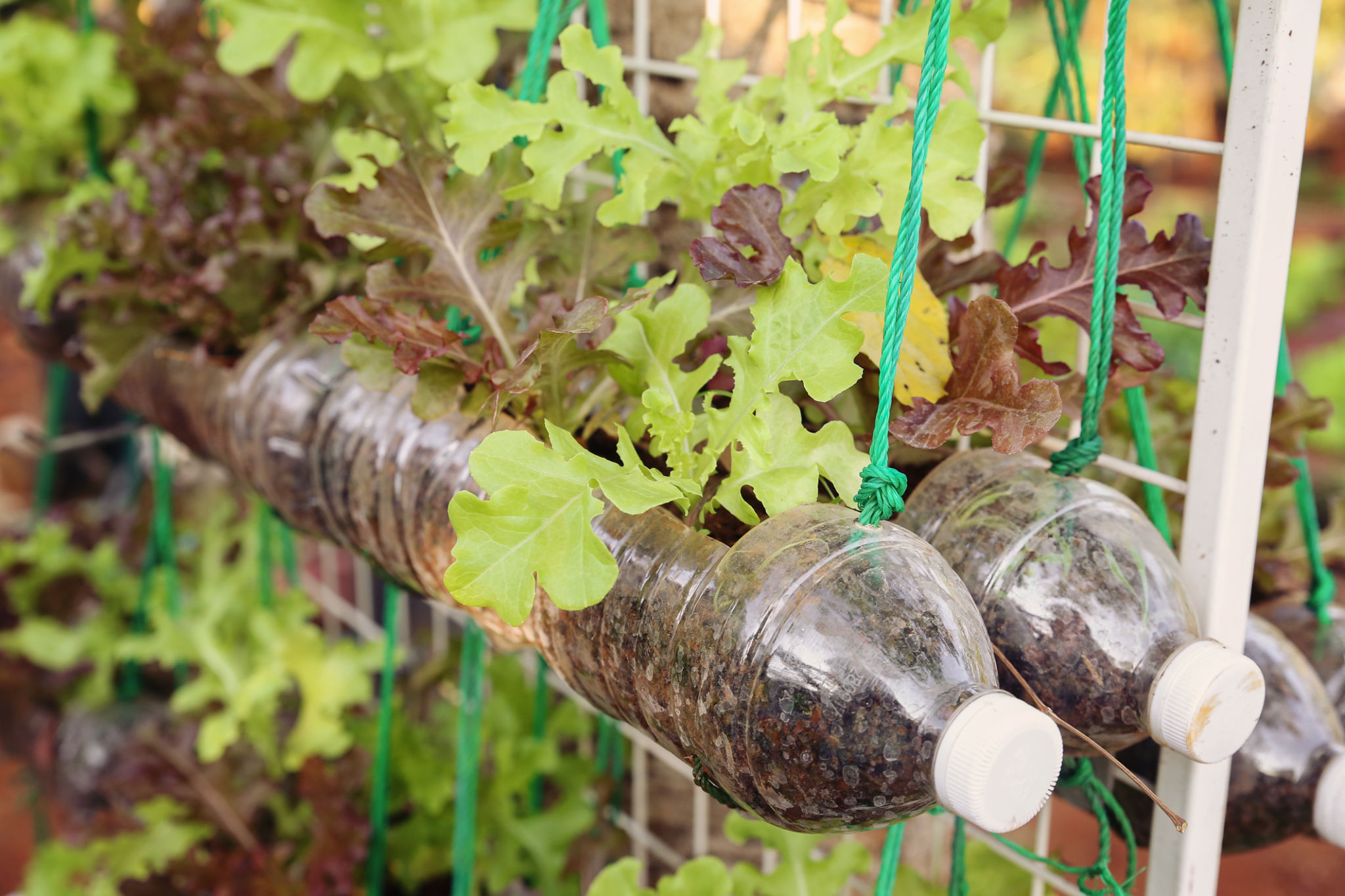Debunking Common Myths About Urban Gardening
Introduction to Urban Gardening Myths
Urban gardening has gained popularity as people seek sustainable, green spaces in bustling city environments. However, despite its rising trend, several myths persist that deter potential urban gardeners from embracing this rewarding hobby. Let’s debunk some of these common misconceptions.

Myth 1: Urban Gardening Requires a Lot of Space
One of the most pervasive myths about urban gardening is that it requires significant space. Many people assume that without a large backyard or terrace, gardening is impossible. In reality, urban gardening can thrive in even the smallest of spaces. From window sills to vertical gardens, creative solutions abound for maximizing limited areas.
Utilizing Small Spaces
With options like container gardening, hanging planters, and hydroponic systems, urban gardening can flourish in compact environments. Vertical gardens, for instance, allow you to grow plants up walls or fences, making them an excellent choice for space-constrained areas.

Myth 2: Urban Gardening Is Expensive
Another common misconception is that urban gardening is a costly endeavor. While it's true that purchasing high-end containers and fancy tools can add up, there are plenty of budget-friendly ways to start an urban garden. DIY solutions and repurposing household items can significantly cut costs.
Cost-Effective Gardening Tips
Consider using recycled containers like old buckets or tins for planting. Start with inexpensive seeds or cuttings from existing plants. Moreover, homemade compost from kitchen scraps can enrich your soil without the need for expensive fertilizers.

Myth 3: Urban Gardening Is Only for Vegetables
Many people mistakenly believe that urban gardening is limited to growing vegetables. While cultivating your own produce is a popular aspect, urban gardens can also include a variety of other plants. Flowers, herbs, and even fruit trees can thrive in urban settings.
Diversifying Your Urban Garden
Incorporating a mix of plants not only adds aesthetic appeal but also supports local biodiversity. Herbs like basil and mint are easy to grow and can enhance your home-cooked meals. Additionally, flowers can attract pollinators, benefiting the entire ecosystem.

Myth 4: Urban Gardening Is Time-Consuming
The perception that urban gardening demands excessive time and effort often discourages busy city dwellers from starting their gardens. However, many low-maintenance plants require minimal attention, making it feasible for those with hectic schedules.
Efficient Gardening Practices
Opt for drought-resistant plants or install a simple irrigation system to save time on watering. Scheduling regular but short gardening sessions can also help maintain your garden without overwhelming your daily routine.
Conclusion: Embrace Urban Gardening
Debunking these myths reveals that urban gardening is an accessible and rewarding hobby for anyone, regardless of space or budget constraints. By embracing urban gardening, you contribute to environmental sustainability and create a personal oasis in the heart of the city. Whether you're looking to grow your own food or simply enhance your living space with greenery, urban gardening offers endless possibilities.
